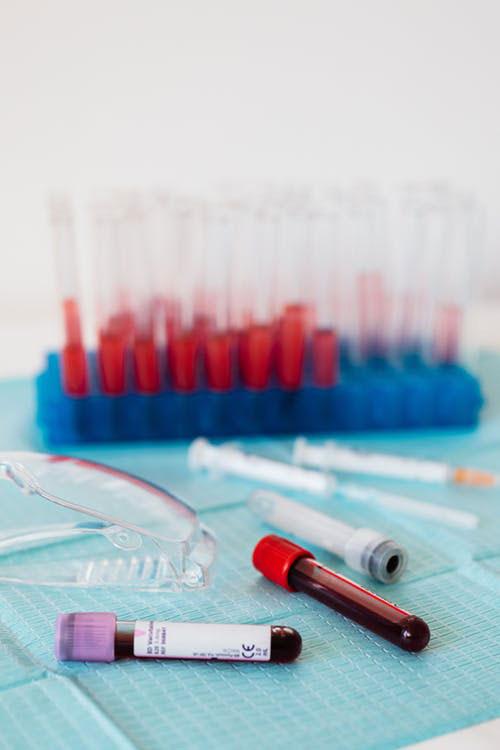Understanding Immunoassay DUnderstanding Immunoassay Development: Sourcing Reagentsevelopment: Sourcing Reagents
Immunoassays are used in the detection and quantification of molecules that are of biological interest, based on the selectivity and specificity of certain antibody reagents. Access to sustainable and quality sources of reagents is crucial when it comes to developing the same type of immunoassays over long periods.
Immunoassays are used in the detection and quantification of molecules that are of biological interest, based on the selectivity and specificity of certain antibody reagents.
Access to sustainable and quality sources of reagents is crucial when it comes to developing the same type of immunoassays over long periods.
We’ve prepared this piece as a guide to understanding immunoassay development and how quality reagents can be sourced for sustaining the process.
An Overview of Immunoassay Development, Optimization, and Validation
Here’s a basic rundown of the processes involved in immunoassay development, optimization, and validation.
- Immunoassay Critical Success Factors: sensitivity, dynamic range, throughput, reagent costs, etc.
- Acquire Reagents: antibodies, analyte, standards, sample matrices, control samples, labels, and substrates
- Instrument Testing: calibration, performance testing, linearity
- Assay “Proof of Concept” Experiments: Establish preliminary assay parameters, reagent suitability, and matrix compatibility. Signal-to-noise, data analysis models, consult immunoassay expert
- Assay Optimization:Select factors to be optimized, determine matrix effects, construct precision profiles, consult a statistician.
- Assay Validation:robustness, day-to-day effects, scale-up, automation, reproducibility, operator effects, percentage recovery analysis
- Method Documentation (SOP) and Implementation
Immunoassay Reagents
Developing immunoassay projects for a wide range of diagnostic and research applications necessitates finding precisely the reagents you need. Here’s a comprehensive guide on the important immunoassay reagents you’ll need.

Blocking Reagents
Increasing signal-to-noise ratios and reducing background interference to improve immunoassay sensitivity necessitate the use of blocking reagents. This is where purified gamma globulin fractions are useful as assay loading controls, quantitation standards, and blocking reagents.
Large quantities of reagents, such as goat gamma globulin, can be developed to be used as a raw material in in-vitro diagnostic kits.
Reporter Molecules and Conjugates
Protein A/G conjugates and secondary antibodies are cost-effective methods for detecting and visualizing the antigen-primary antibody complex. One could also utilize the streptavidin-biotin system as an alternative to secondary antibodies, because it provides considerable conjugated primary antibody signal amplification.
Solutions, Substrates, and Stabilizers
To help promote interactions between proteins and regulate physiological conditions for immunoassay development, stabilizers, buffers, and solutions can be used.
As an esteemed supplier of high-quality biological products for research in the United States, we’re committed to providing our clients with a broad portfolio of sustainable reagents for immunoassay development.
You can buy animal serum, plasma, complement, and ancillary products directly from our website. We offer gamma globulins found in plasma function, human gamma globulin, goat gamma globulin, IgG/IgM/antibody depleted complement, adult rabbit complement, and more.
Contact us to learn more about our products. Call us at (800) 643-3426 or (479) 636-4361.
NCBI BookshelfNCBI Bookshelf
Immunoassay Methods
Immunoassays are used to quantify molecules of biological interest based on the specificity and selectivity of antibody reagents generated. In HTS and lead optimization projects, assays are designed to detect molecules that are produced intracellularly or secreted in response to compounds screened. This chapter describes the basics of designing and implementing robust, automation friendly immunoassays for HTS, modes of immunoassay formats (competitive and sandwich), instrumentation, reagent selection, experimental design and detailed data analysis concepts. The importance of an appropriate curve-fitting model for calibration curves used for quantification is also addressed in detail. This is… Show more
(86 kB)
https://www.pelfreez-bio.com/wp-content/uploads/2020/06/Picture2-3-300x200.png


